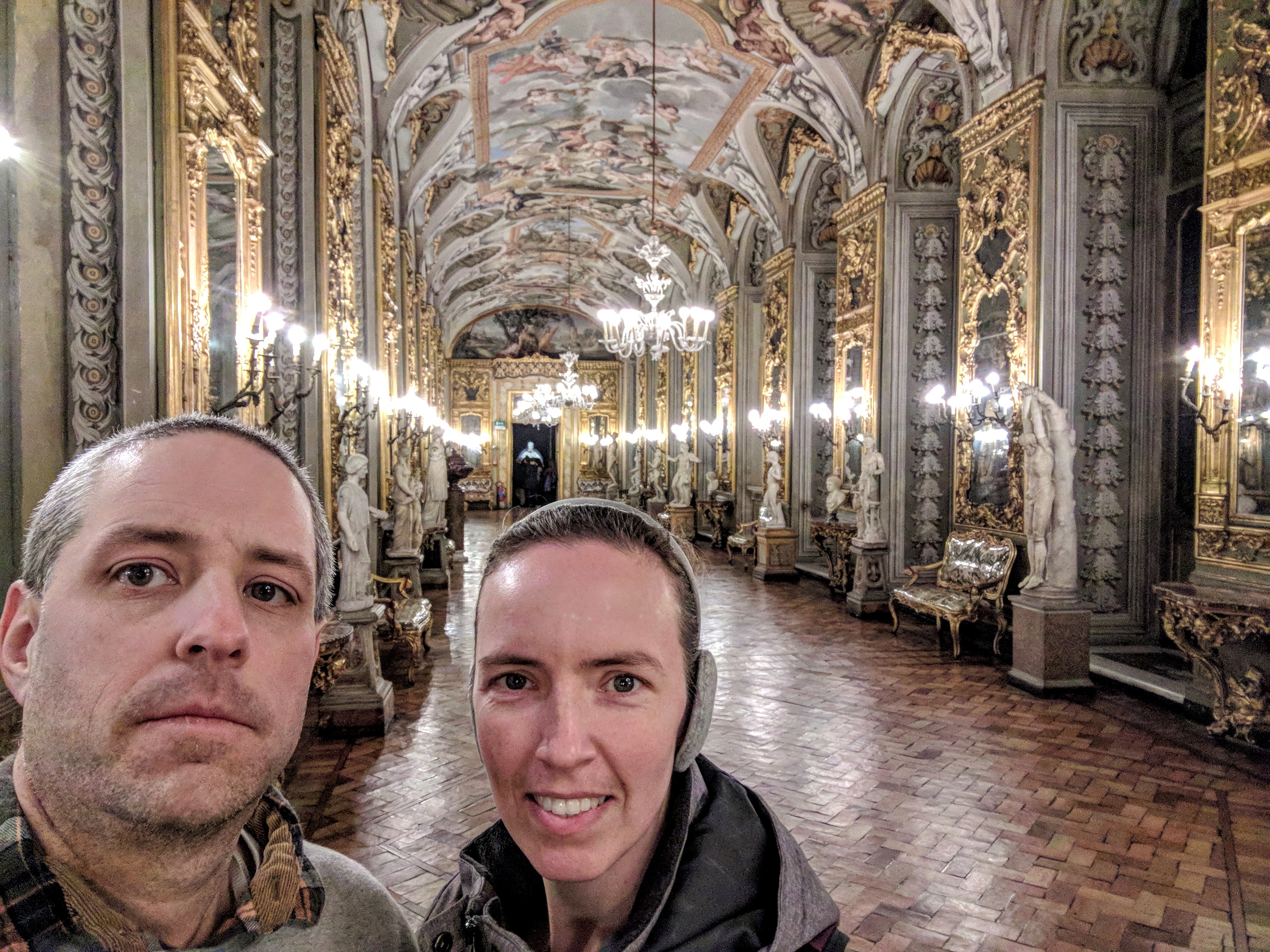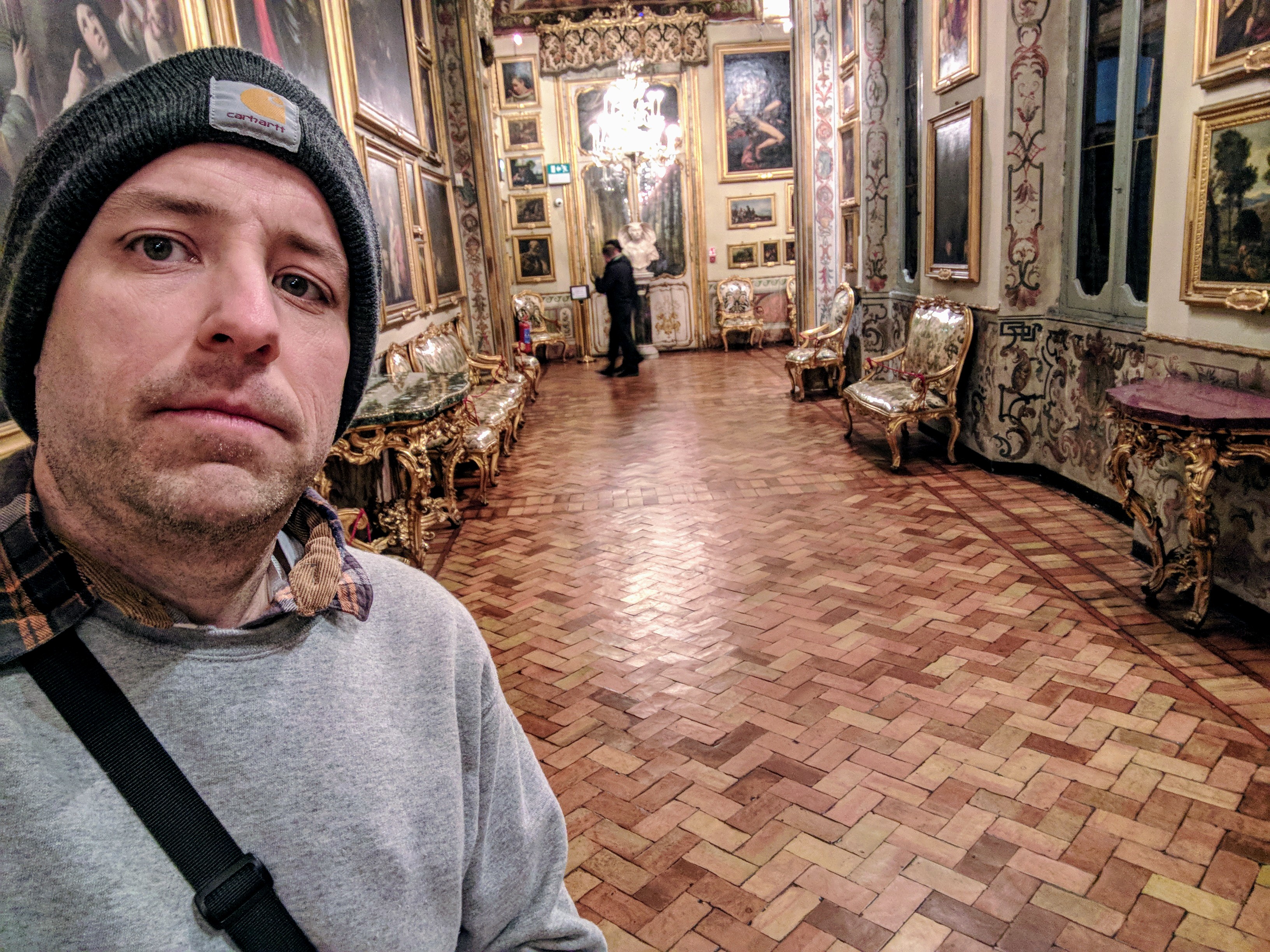Galleria Doria Pamphilj
Sun Dec 03, 2017 4:58 pmRome's Greatest Palace still under private ownership is a Gallery of the family's private art collection with a tour narrated by the Prince himself.
Galleria Doria Pamphilj and fortune are the legacy of (a nephew of) Pope Innocent X. (Palazzo Pamphilj is a separate structure facing Piazza Navona).
Giovanni Battista Pamphilj, was apparently of Noble extraction, but in terms of his (ecclesiastical) political career ascended from service in the Church Court System. He is famous for political shrewdness, but I think his attempts to influence the English Civil War were a miscalculation. Instead of supporting Catholic King Charles I, he sent aid to Ireland. But he came away empty-handed as not only was King Charles beheaded, but Oliver Cromwell also reconquered Ireland.
I think it is also interesting that Innocent X opposed the Peace of Westphalia, which amongst other outcomes extracted the Holy Roman Empire from the Thirty Years War, which I suppose demonstrates that the temporal political concerns of the Holy Roman Empire were separate from those of the Vatican.
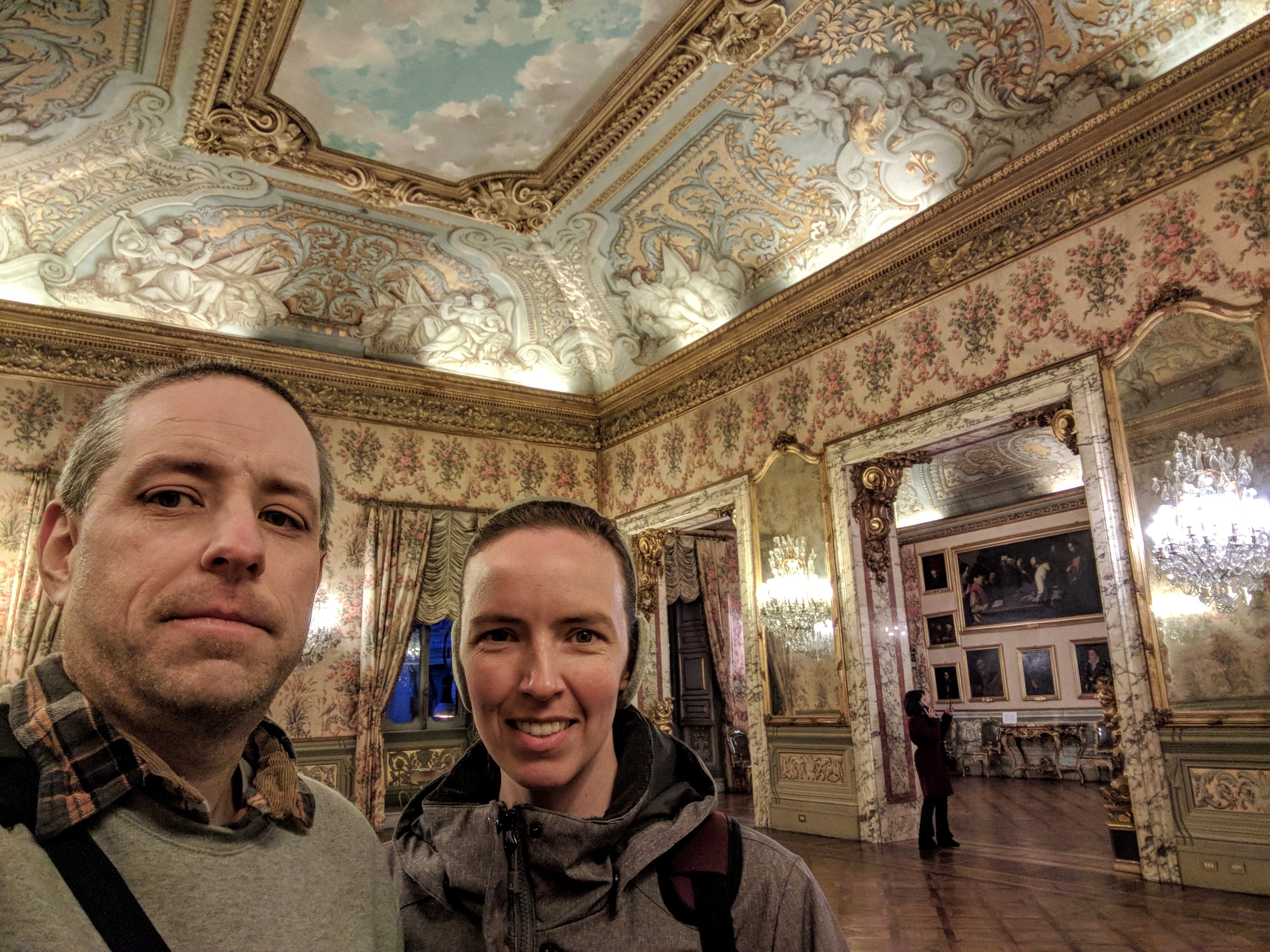
Unless I am mistaken, the interior and furnishings are Rococo.
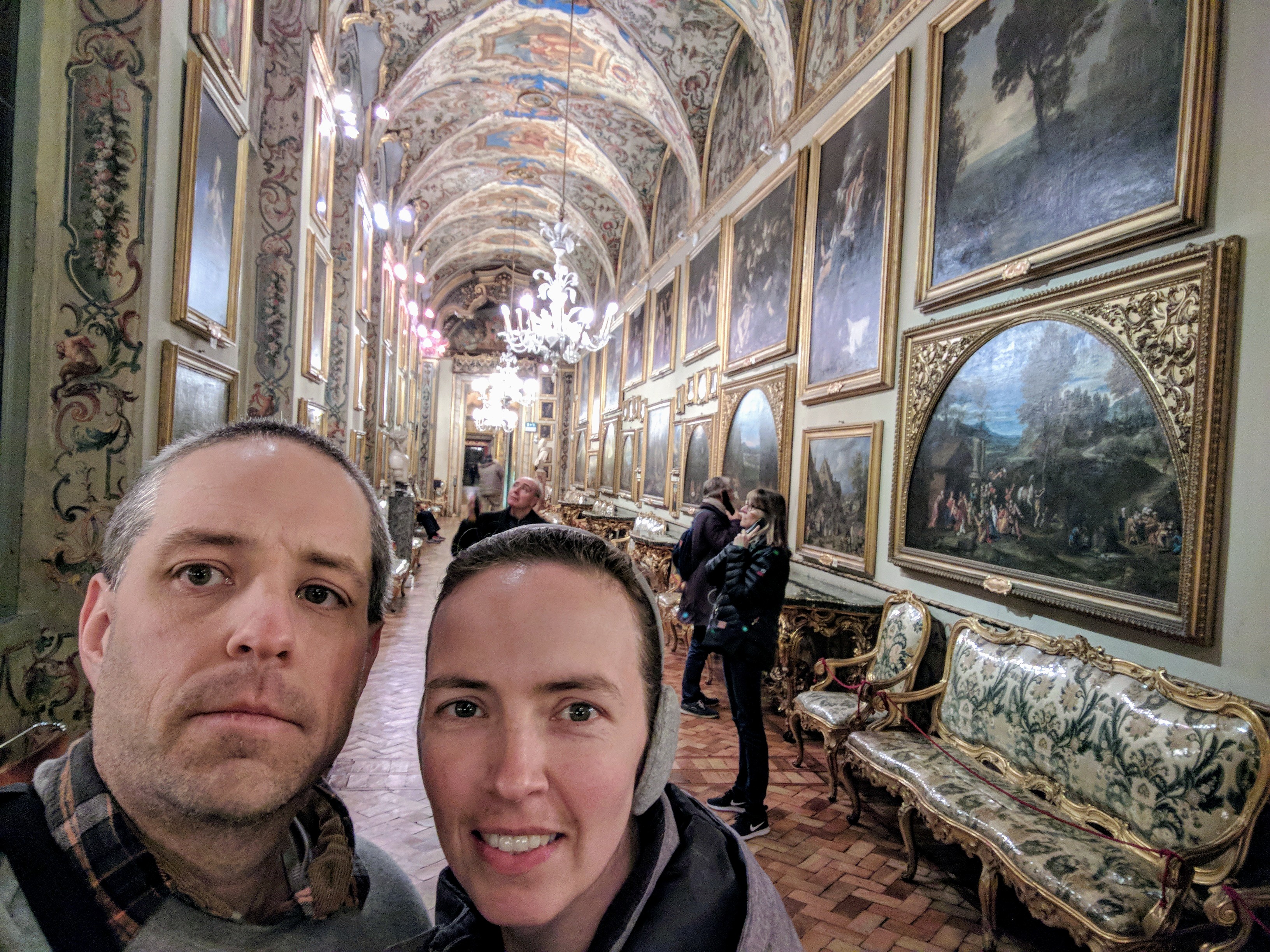
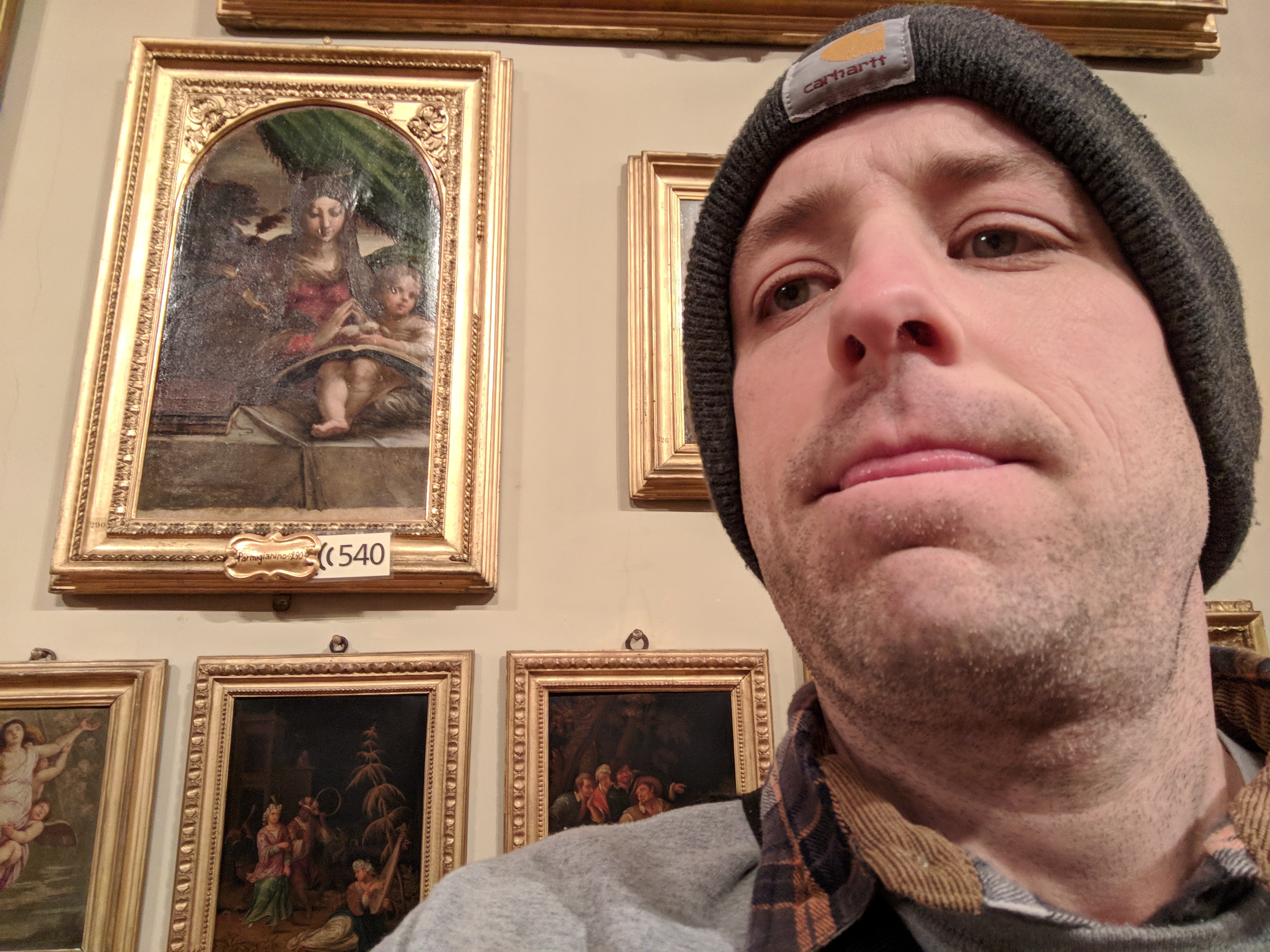
Doria Madonna is a painting by Parmigianino who was a Mannerist painter.
Mannerism is similar to Renaissance Art, which rediscovered the proportionality, depth, perspective, realism, and anatomical correctness of Ancient Greece and Rome, except that Mannerism was slightly more idealized. A great example of Mannerism is Parmigianino’s Madonna with the Long Neck, in which you can see that the idealized neck is a bit too long.
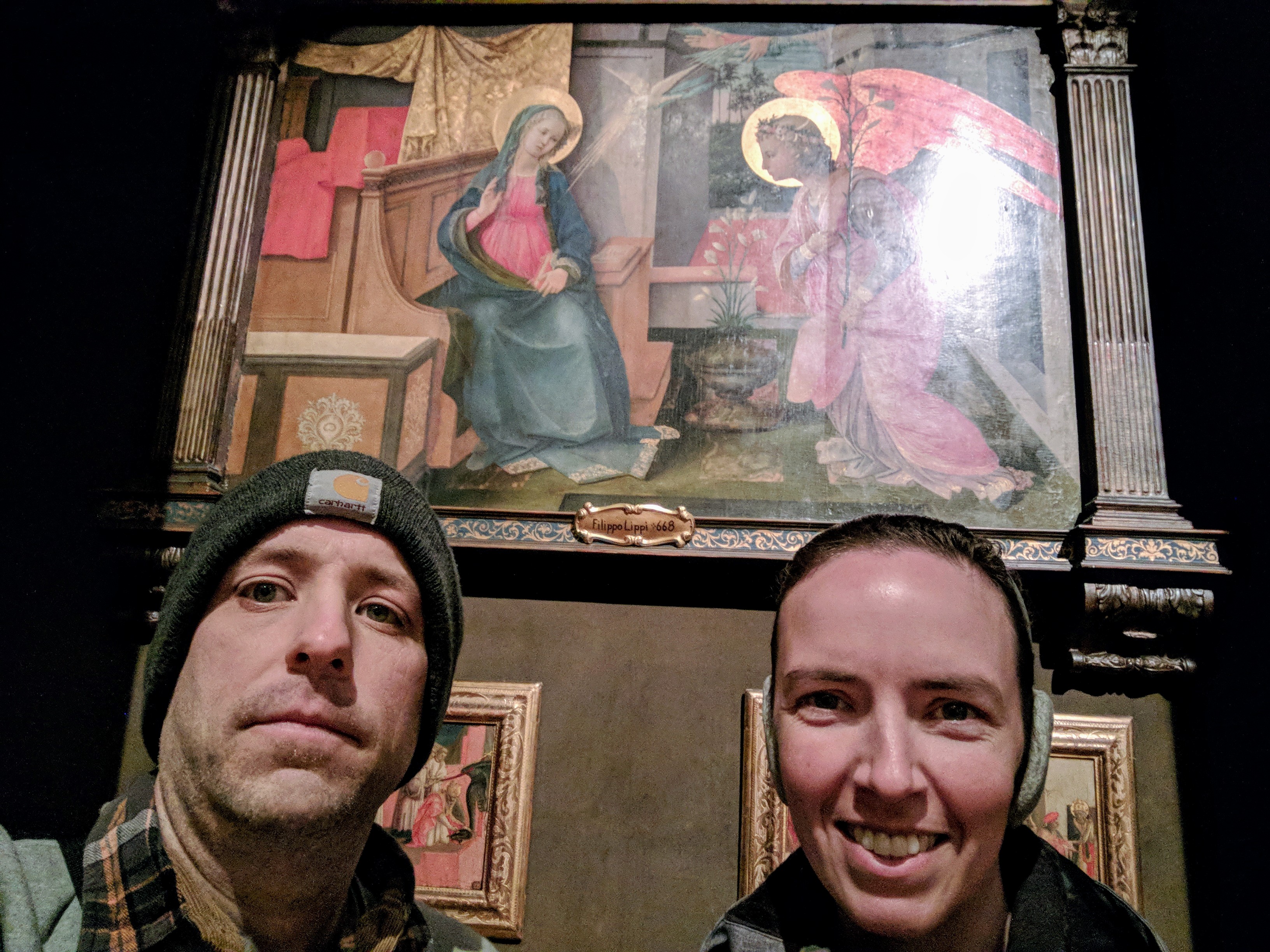
I think Annunciation by Filippo Lippi is a great example of early Renaissance art. The painting has perspective and proportionality typical of the Renaissance, but the blank expressions and halos are Medieval or Gothic.
Annunciation is the formal name for the story in which the Angel Gabriel announces to Mary that she will be the Mother of Jesus Christ.
